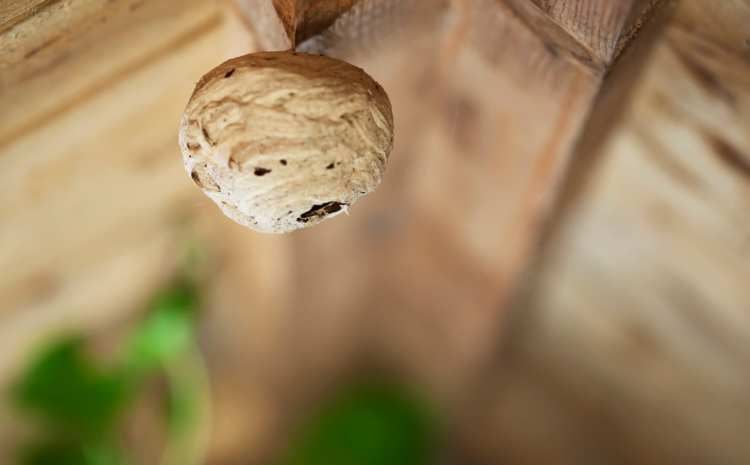
Wasps in Residential Areas: What Homeowners Need to Know
When we think about pests in or around the home, termites and ants usually top the list. But come warmer months, wasps often make a surprise appearance—and they’re not just an outdoor nuisance. For many homeowners, wasps can turn a relaxing backyard into a no-go zone, and their presence in residential areas raises both safety and structural concerns.
Why Are Wasps Attracted to Residential Areas?
Wasps are drawn to areas that provide food, shelter, and suitable nesting spots. Your backyard or attic might seem perfect to them if it checks these boxes:
- Food Sources: Wasps feed on sugary substances and proteins. Open trash bins, uncovered pet food, and outdoor picnics can lure them in.
- Shelter: Eaves, roof spaces, wall cavities, and sheds provide safe, dry places to build nests.
- Floral Gardens: While beautiful, gardens rich in flowers also offer nectar, a sweet treat for wasps.
Types of Wasps You Might Encounter
There are several types of wasps common to residential areas:
- Paper Wasps: Known for their umbrella-shaped nests, they’re typically not aggressive unless provoked.
- Yellowjackets: More aggressive, especially in late summer. They often build nests underground or inside wall cavities.
- Mud Daubers: Solitary and less threatening, they build tube-like nests with mud.
Identifying the type of wasp can help determine the risk level and the best approach to removal.
Are Wasps Dangerous?
While not all wasps are aggressive, their stings can be painful—and dangerous for those with allergies. Unlike bees, most wasps can sting multiple times. In some cases, disturbed nests can result in swarming, which poses a risk to children, pets, and anyone nearby.
Signs of a Wasp Problem
You might have a wasp issue if you notice:
- A higher number of wasps hovering around your home, especially near eaves or outdoor lights.
- A visible nest in wall voids, under decks, in shrubs, or even inside attics.
- Buzzing sounds from walls or ceilings, indicating a hidden nest.
What to Do If You Spot a Nest
Do not attempt to remove a wasp nest on your own, especially if it’s active or in a hard-to-reach place. DIY methods can be dangerous and often worsen the situation.
Instead:
- Keep your distance – Wasps are territorial and may become aggressive if threatened.
- Seal entry points – Caulk any cracks around windows, doors, and vents to prevent indoor nesting.
- Call a professional – Pest control experts like Accurate Termite have the tools and expertise to safely remove nests and prevent re-infestation.
Good to Know: Wasps Play a Role in Nature!
Surprisingly, not all wasps are bad news. Many species are beneficial predators, feeding on crop-damaging insects and helping control pest populations. Still, when they build their nests too close to our homes, it becomes a safety issue.
Preventing Future Nesting
To deter wasps from settling near your home:
- Keep food and drinks covered when outdoors.
- Install tight-fitting lids on trash bins.
- Trim overgrown shrubs and trees.
- Check for early-stage nests in spring and have them removed promptly.
Wasps may be a part of nature, but they don’t belong near your family or inside your home. Whether you’ve spotted a nest or just want to ensure your property is wasp-free, Accurate Termite and Pest Control is here to help. Our trained technicians assess the situation, remove nests safely, and help prevent future infestations—so you can enjoy your space without fear of stings!
